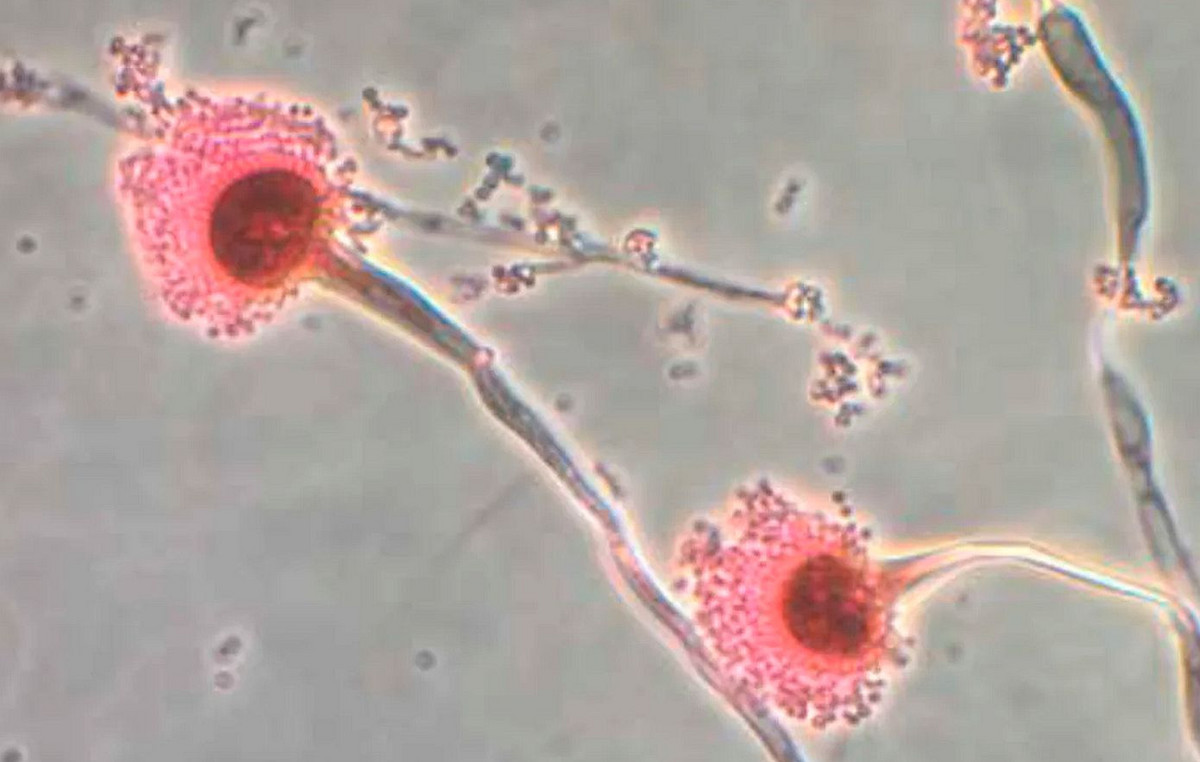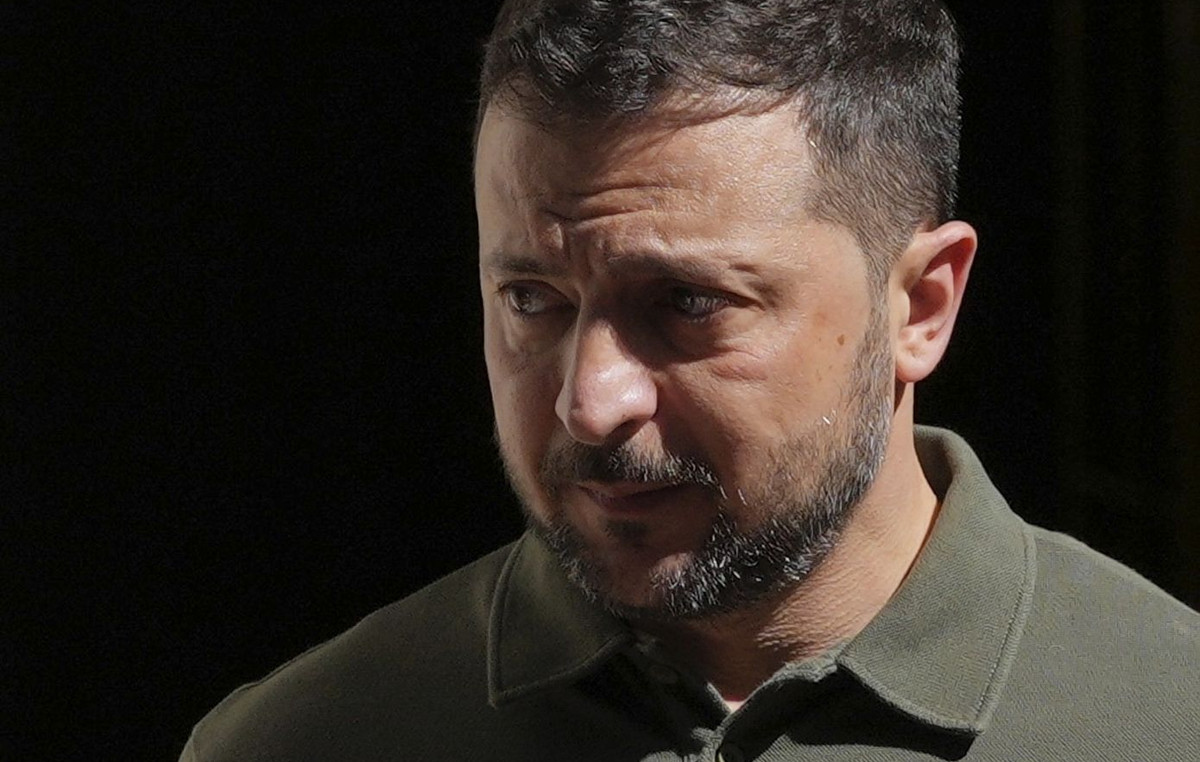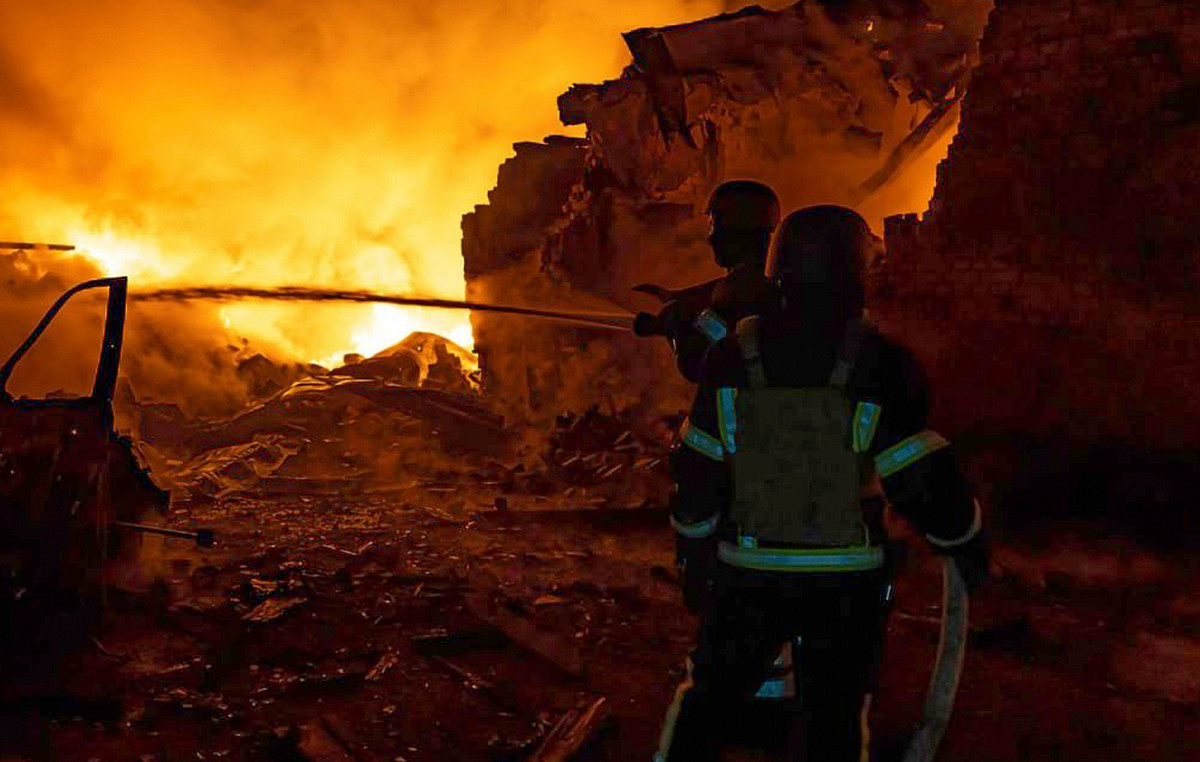In December 2021, Brazil had the highest energy consumption for the last month of the year, since the beginning of the Energy Research Company (EPE) historical series, which began in 2004.
The data was announced on Tuesday (1) by the state-owned company, driven by the high consumption in the commercial (5.6%) and industrial (3.9%) sectors.
Overall consumption was 42,900 gigawatts, which represents an increase of 2% compared to the same period in 2020. December was also the second highest consumption month in 2021, behind only March.
Among the most electro-intensive sectors of the industry, the largest increases occurred in the metallurgy, mining segments, driven by the resumption of activities in Espírito Santo and Minas Gerais, and food products.
In the period, residential consumption fell by 3.1%. According to the EPE’s “Monthly Review of the Electricity Market”, the phenomenon is a result of the wetter climate and milder-than-expected temperatures recorded in parts of the Southeast, Midwest and Northeast regions.
The company also highlighted that the increase presented by the commercial class was driven by Black Friday consumption and services provided to families, and was reflected in the 26 states and the Federal District.
Reservoir recovery
With the start of the rainy season, the waters have helped to restore the level of Brazilian reservoirs.
Last Friday (28), the weekly bulletin of the National Electric System Operator showed improvement in three of the four components of the National Interconnected System (SIN).
The projection of the agency is that, in February, all of them are already above 50% of capacity. The North and Northeast subsystems presented, respectively, levels of 86.9% and 72.6%.
Due to the improvement in inflows in both regions, the ONS recommended to the National Electric Energy Agency (Aneel) the reduction of dispatch from the Porto de Sergipe thermoelectric plant, in early January.
The unit is powered by liquefied natural gas (LNG). The suggestion was accepted by the regulator, as a way to reduce consumption costs, since plants of this type spend more to produce energy.
The challenge continues in the Southeast/Midwest, a region that concentrates 70% of the country’s energy load. In the area, the index closed the last bulletin at 40.4%.
In November of last year, the ONS estimated the time period for the levels of the reservoirs to be restored in three years.
This means that, even with rain, the agency will continue to use thermal energy, to avoid generating electricity from the hydroelectric source until levels are considered ideal throughout the country.
The agency does not estimate an adequate percentage of recomposition, but experts point to 70% as an adequate mark. The country continues until April with the water scarcity tariff flag, valid until April.
Created by the government in August 2021, it establishes a rate of BRL 14.20 to be paid for every 100 kilowatt-hours (kWh) consumed. A rate 50% higher than the red flag level two, practiced until then.
Source: CNN Brasil
I am Sophia william, author of World Stock Market. I have a degree in journalism from the University of Missouri and I have worked as a reporter for several news websites. I have a passion for writing and informing people about the latest news and events happening in the world. I strive to be accurate and unbiased in my reporting, and I hope to provide readers with valuable information that they can use to make informed decisions.





